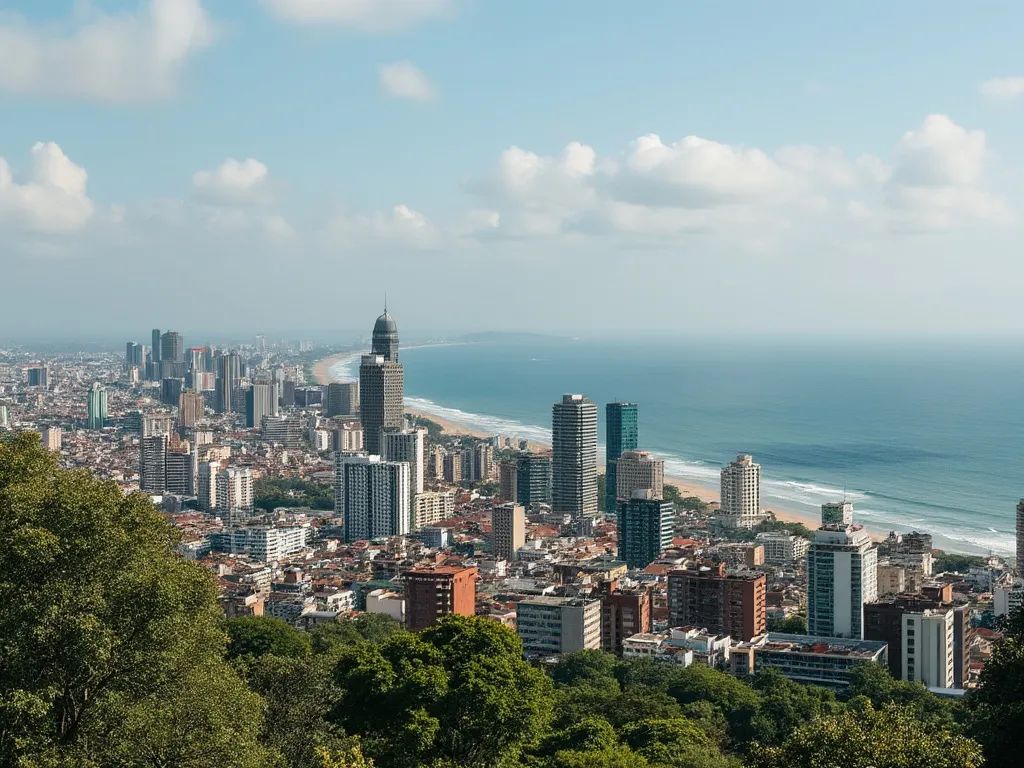
Colombo, the commercial capital of Sri Lanka, is a bustling metropolis that seamlessly blends traditional charm with modern amenities. Located on the west coast of the island nation, Colombo has been an important hub of trade and commerce for centuries, attracting visitors from all corners of the world.
Colombo information
| Country | 🇱🇰 Sri Lanka |
| Population | 752,993 (2020 estimate) |
| Coordinates | 6.9271° N, 79.8612° E |
| Area | 37.31 km² (14.42 sq mi) |
| Climate | Tropical monsoon climate |
| Language | Sinhala, Tamil, English |
| Currency | Sri Lankan rupee (LKR) |
| Time zone | Sri Lanka Standard Time (SLST) (UTC+5:30) |
| Proximity to other major cities | 100 km (62 mi) north of Galle, 270 km (168 mi) southwest of Trincomalee |
Historical Background of Colombo
Colombo's rich history dates back to the 5th century BC, when it was an important trading center in the ancient kingdom of Anuradhapura. The city's strategic location on the coast made it an attractive location for traders and travelers, and it was a major stopover for ships traveling between the East and the West. The Portuguese, Dutch, and British all left their mark on the city, which is reflected in its architecture, culture, and cuisine.
Geographical Location of Colombo
Colombo is situated on the west coast of Sri Lanka, approximately 100 km (62 mi) north of Galle and 270 km (168 mi) southwest of Trincomalee. The city is bounded by the Indian Ocean to the west, the Kelani River to the east, and the Negombo Lagoon to the north. Colombo's coastal location makes it prone to tropical cyclones and monsoon rains, but its warm and humid climate also makes it an attractive destination for tourists.
Cultural Significance of Colombo
Colombo is a melting pot of cultures, with a mix of Sinhalese, Tamil, Muslim, and Christian communities. The city is home to many important cultural landmarks, including the National Museum, the Colombo Museum, and the Gangarama Temple. The city's cultural calendar is filled with festivals and events throughout the year, including the Esala Perahera festival, which takes place in July and August.
Economic Importance of Colombo
Colombo is the economic hub of Sri Lanka, with a GDP of over $50 billion. The city is home to many major industries, including textiles, manufacturing, and tourism. The Port of Colombo is one of the busiest ports in South Asia, and the city is also a major center for finance and commerce.
Interesting Facts About Colombo
- Colombo is home to the oldest light house in Sri Lanka, the Colombo Lighthouse, which was built in 1865.
- The city has a vibrant street food scene, with popular dishes like hoppers, string hoppers, and pittu.
- Colombo is home to many parks and gardens, including the Viharamahadevi Park, which is one of the largest parks in the city.
Tourist Attractions in Colombo
- The National Museum: a museum that showcases the history and culture of Sri Lanka.
- The Colombo Museum: a museum that features a collection of artifacts and exhibits on the history of Colombo.
- The Gangarama Temple: a Buddhist temple that is one of the most important temples in Colombo.
- The Pettah Market: a bustling marketplace that sells everything from fresh produce to souvenirs.
Conclusion on Colombo
Colombo is a city that seamlessly blends tradition with modernity, offering visitors a unique and unforgettable experience. From its rich history and culture to its vibrant street food scene and bustling markets, Colombo is a city that has something for everyone. Whether you're interested in history, culture, food, or shopping, Colombo is a must-visit destination in Sri Lanka.
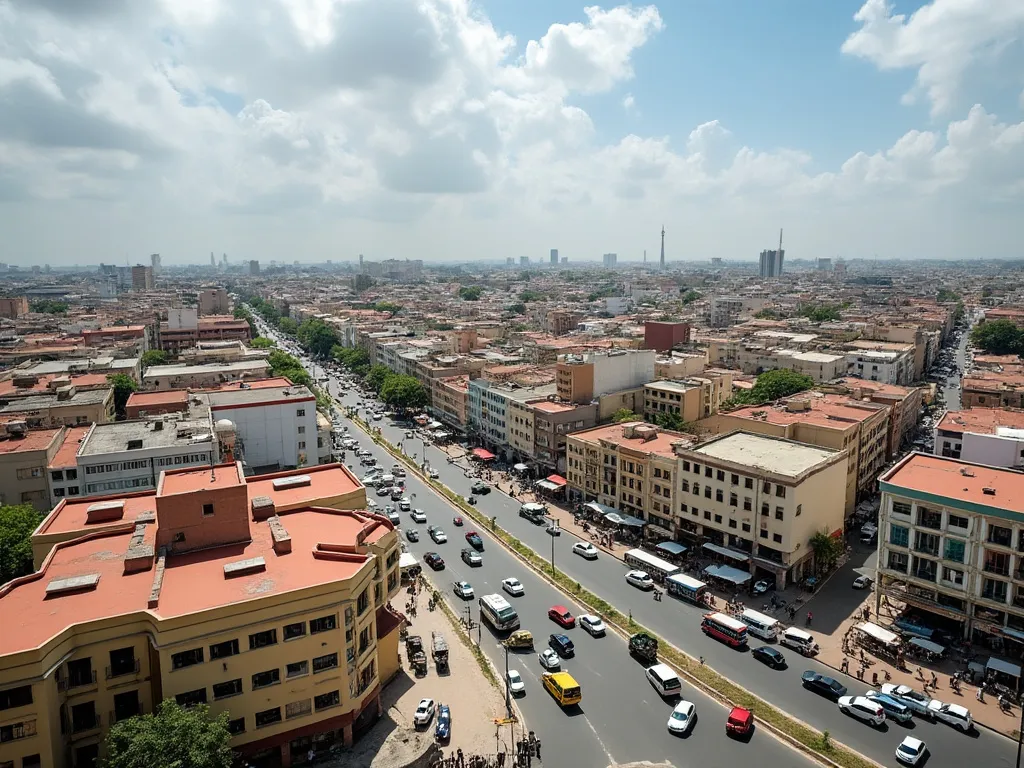 Conakry
Conakry
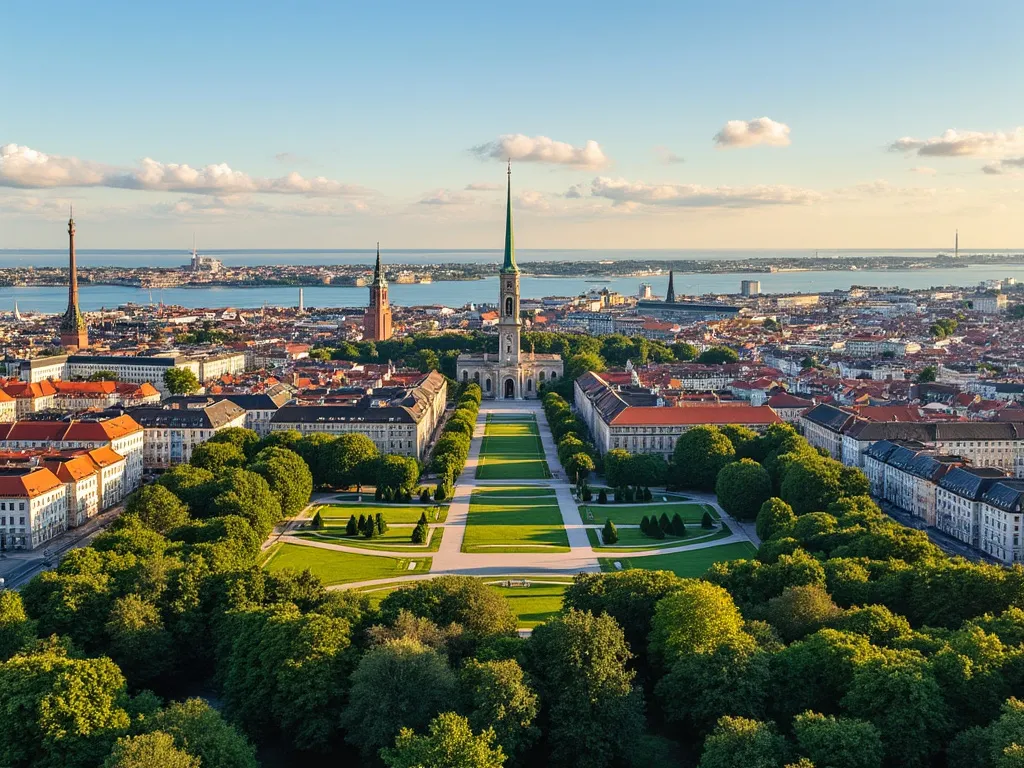 Copenhagen
Copenhagen
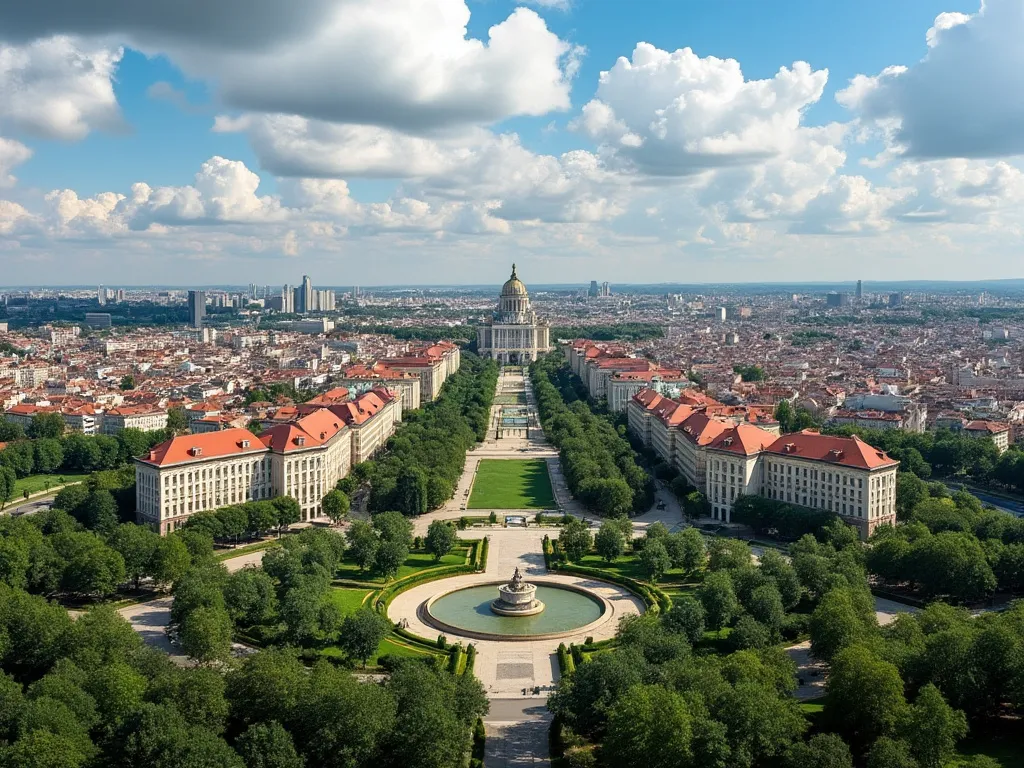 Chișinău
Chișinău
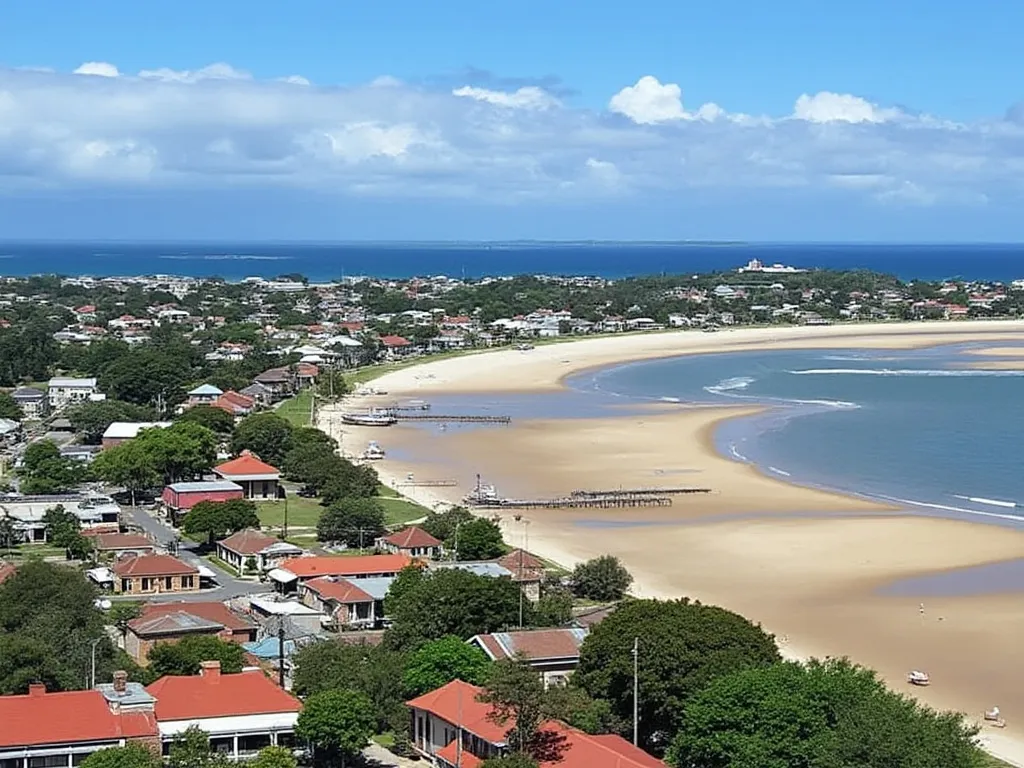 Cockburn Town
Cockburn Town